Audio forensics came out of work that began during WWII, when the military was looking for ways to identify enemy voices over the radio. They developed something called a spectrograph which made visual representations of people talking called voiceprints. Like fingerprints, they hoped that it would help them identify speakers.
One of the early developers, Dr. Lawrence Kersta, later started his own company and the field of audio forensics was born. Kersta was involved in many famous cases in his lifetime, including the Kennedy assassination, the Clifford Irving Howard Huges hoax, and in 1969, when rumors spread that Paul McCartney was dead and had been replaced by a look and sound-alike, Kersta used the spectrograph to analyze recordings made after Paul was said to have died, and determined that Paul was still alive.
Audio forensics got a huge leg up when six scientists were brought together in 1973 to see if 18 1/2 minutes of White House Tapes had been erased in order to possibly cover-up White House involvement in the Watergate break-in. They were able to determine that the segment had been over-recorded five or more times.
It was CSI with headphones! I did a lot of research into forensic audio a couple years back and I thought I would go through my notes and do a series of posts about what I learned.
This is a snippet from a Bell Labs promotional film called “Science Behind Speech,” which includes a section about the spectrograph. The picture below is a screen grab of Kersta, who was working for Bell Labs at the time.
More to come!




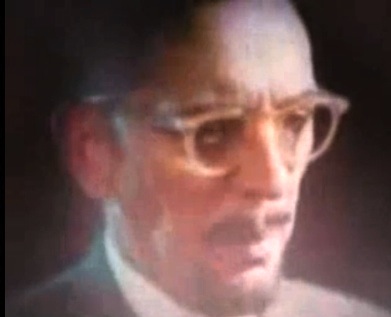

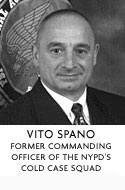
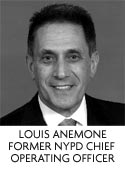
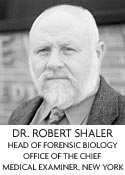

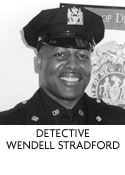
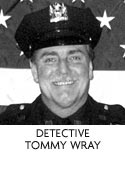
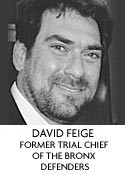
0 responses so far ↓
There are no comments yet...Kick things off by filling out the form below.
Leave a Comment